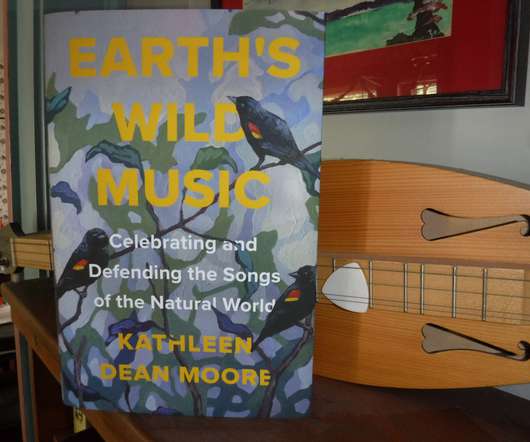“Earth’s Wild Music”: a book review
10,000 Birds
MAY 5, 2021
The reader gets to know that Moore loves the song of the Meadowlark, and the sight of whales, and other natural things and beings and sounds and emanations. The book consists of essays and stories, written in the first person, most of which have a connection, sometimes a tenuous one, with the auricular.










Let's personalize your content